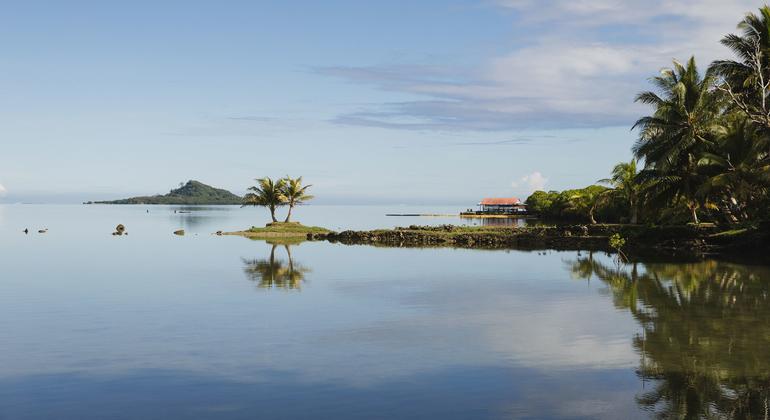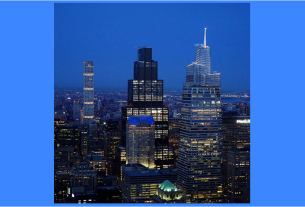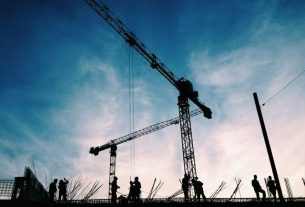“They do not want to leave their ancestral places, even if they go under,” said Jaap van Hierden.
Jaap van Hierden, UN Resident Coordinator in Micronesia.
Appointed by the Secretary-General as the first UN Resident Coordinator for the North Pacific, he oversees ongoing development efforts across a remote region with thousands of small islands comprising of small populations that are the stewards of a vast expanse of ocean and Earth stretching more than 7,000 km from Palau to Kiritimati island.
He spoke to UN News just ahead of the Fourth International Conference on Small Island Developing States (SIDS4) which is underway in the Caribbean twin island of Antigua and Barbuda. He explained how the UN Multi-Country Office, known as MCO Micronesia, where 13 UN agencies now operate, was created.
“This mostly undeveloped and rather pristine part of the Pacific is not well known. Except for Palau, these countries are not yet holiday destinations.
Apart from receiving some US funding, all five countries in the region – Palau, Federated States of Micronesia, Marshall Islands, Nauru and Kiribati – appear somewhat forgotten and left behind by the global community.
This triggered the need for an increasingly effective engagement by Micronesian leaders with the UN and its General Assembly, which in turn led to a review of UN multi-country offices and the subsequent establishment of my post.
Frontlines of climate change
Upon my arrival, I quickly learned that Micronesians are at the frontline of climate change with Marshall Islands and Kiribati at risk of disappearing under the waves of our ocean within the lifetimes of our children. Also facing a similar existential risk were the numerous low-lying outer islands of Palau and Micronesia – with its four states of Yap, Chuuk, Pohnpei and Kosrae.
Micronesians have been champions in our shared fight against climate change and leaders and advocates in highlighting the importance of reviewing vulnerability through multiple dimensions.
They have also contributed to the ongoing “loss and damages” discussion that should help them adapt effectively against rising sea levels and worsening weather events.
Encouragingly, they have acted upon their responsibilities as stewards of our vast ocean through the establishment of marine protected areas as well as the UN Educational, Scientific and Cultural Organization (UNESCO) World Heritage Sites and Biosphere Reserves and more.
Stewards of the ocean
However, Micronesians are highly dispersed, with less than half a million in number, all on small islands with small populations, who neither have the economies of scale nor the skills and resources that we find in countries or subregions with a similar geographical expanse.

Micronesians live across many small islands in the North Pacific Ocean.
Nevertheless, as stewards of a vast expanse of our ocean and the sea floor, we cannot afford for them to be vulnerable, and I am glad that the UN is stepping up its engagement in Micronesia to ensure that no one is left behind and to ensure that we help build a better future for all.
‘Expanding our UN footprint’
We quickly learned that our islands were small, with our subregional host, Pohnpei, having only about 30,000 people on island with many having left for education or work in the United States.
Yet, we persevered and were able to establish a fully functioning UN MCO Micronesia within two years after arrival in Pohnpei in late 2021. Right now, country coordination offices are in place for Palau, Marshall Islands, Nauru and Kiribati, and a fully functioning Resident Coordinator Office has been established.
The new office has enabled UN organisations to initiate the decentralisation of their work from Fiji and Samoa to Pohnpei. That resulted in expanding our UN footprint in Pohnpei from five in 2021 to 13 today.
‘Being on the ground makes a huge difference’
In parallel, I have worked closely with the governments of Micronesia and Pohnpei in setting the stage for the design and construction of the carbon-neutral One UN Micronesia House that incorporates Micronesian history and culture into its design and landscaping.
An undertaking that will include a conference facility will help us in bringing more UN-convened events to Micronesia and allow Micronesian leaders to engage with international leaders and experts on their home ground. We have made good progress with land already allocated by Pohnpei State Legislature, and a launch ceremony for the final design and construction will soon be held.

Children pose on the steps of a building in Micronesia.
Not surprisingly, being on the ground makes a huge difference in appreciating and understanding the developmental and humanitarian challenges and opportunities within each of the five Micronesian countries and four states of Micronesia. In order to convey this effectively within our UN team, I travel frequently and engage with government counterparts, embassies, development partners, civil society, faith based leaders, chambers of commerce and communities.
Together, we aspire transformational change that leaves no one behind and helps a better future for all, one in which our planet with its finite natural resources and unique biodiversity is a key stakeholder.”
UN Resident Coordinator
- The UN Resident Coordinator, sometimes called the RC, is the highest-ranking representative of the UN development system at the country level.
-
In this occasional series, UN News invites RCs to blog on issues important to the UN and the country where they serve.
Learn more about the work of the UN in Micronesia here.



